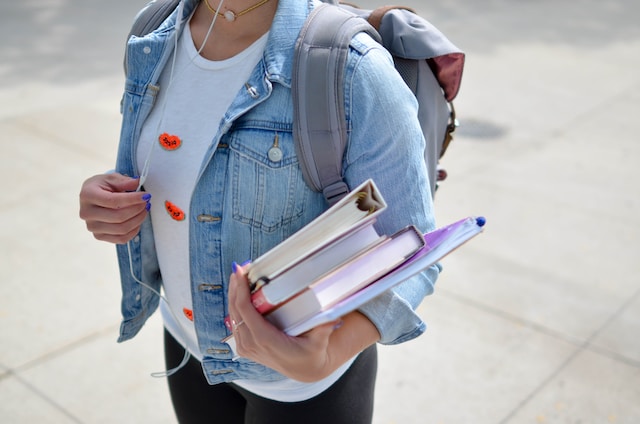How a Teacher Can Affect Classroom Behavior
At the start of every school year, thousands of new teachers find themselves a little over their heads with behavior problems in the classroom. A new teacher might find dealing with learners overwhelming. Student behavior is a complex issue plaguing the public school system and robbing students of a quality education every single day.
Behavior problems are disruptive to everyone in the classroom. And the issues that cause them vary by individual and situation, so a one-size-fits-all solution is never going to work.
Model Positive Behavior
Children of all ages take social cues on how to behave from the adults around them. If you encounter a rude adult at a high school sporting event, the child of that adult is just as disrespectful to teachers, coaches, and other adults.
For children, the behavior is not instinctive. It is something that is learned by watching others around them.
It is most important that teachers always model the good behaviors that they want to see in their students. Some ways that new teachers can do this are:
- Follow the same rules that are put forth for the class (i.e. no talking during quizzes/tests).
- Treat all students respectfully.
- Keep cell phones put away and out of sight.
- Treat students as individuals and encourage them to express themselves as such.
- Take turns, make sure to let students share ideas too.
A Teacher Should Establish Rules, Communicate Clearly, and Enforce them Consistently

All human beings respect boundaries as long as the rules are communicated clearly and enforced consistently. Boundaries are a type of rule that tells others how it is acceptable to treat yourself or one another. Within a classroom, there are individuals from different families and backgrounds. The values from one family to another may not be the same so teachers would be remiss to assume that their students already know how to behave well.
The process of establishing classroom rules is necessary to define the boundaries for how students are expected to behave and to identify appropriate or inappropriate behavior. And enforcing the rules is important to develop a sense of respect between students and teachers. Any misstep in communicating and enforcing the rules and the dynamic of the teacher-student relationship is immediately challenged.
If a teacher fails to communicate rules clearly, then students may not understand what they are being reprimanded for. This misunderstanding not only fails to correct the behavior but will also damage the relationship between the student who feels unfairly reprimanded and the teacher. Similarly, failure to enforce consistently will give some students the idea that the teacher plays favorites.
Use Positive and Negative Reinforcement to Encourage or Discourage Specific Behaviors
Using positive and negative reinforcements is the easiest and most effective way to guide students into learned behaviors. Positive reinforcements such as verbal praise, extra credit, or treats would encourage desired behaviors when the reason for the reward is clearly communicated to the recipient and the class. In much of the same way, negative reinforcement like detention, demerits, or extra work will discourage poor behavior and rule breaking.
Every school year, teachers are presented with a fresh slate of students to teach. Teaching goes far beyond the standard curriculum in modern classrooms. Teachers are primarily responsible for teaching students’ appropriate behavior. New teachers may be ill-prepared for this task. Without real experience in classroom dynamics, teaching appropriate behavior to students can be a bit abstract. The good news is that children of all ages respond to the same techniques, and they all center around establishing clear, consistent rules that apply to everyone in the classroom. Follow these steps to be in a respectful student-teacher relationship.
Other Articles that may Help You:
How to Build Rapport with Your Students?
Three Teaching Styles








